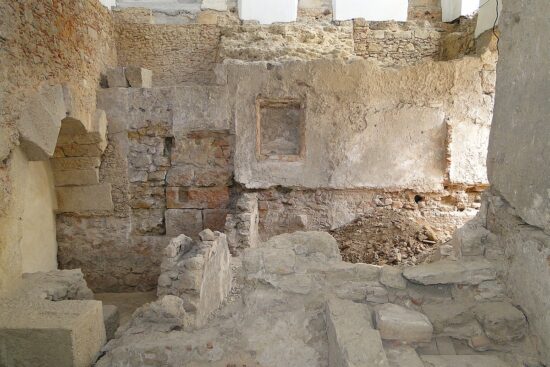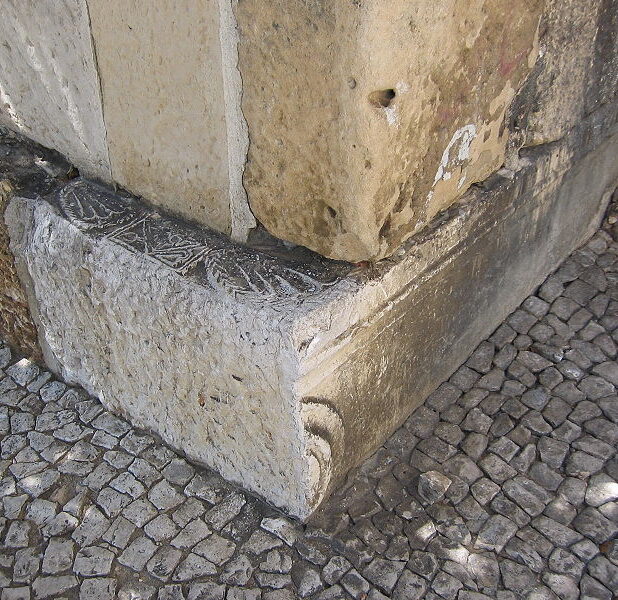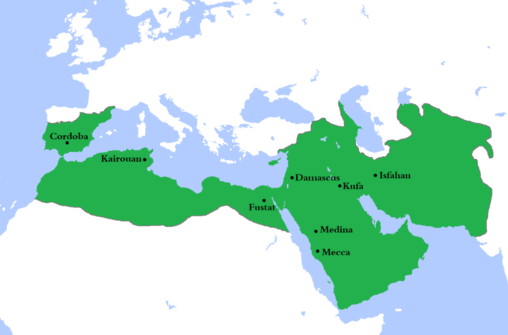Baby


The city quickly adopted Roman ways along every aspect of its life with a Roman theater & Roman baths, temples to the Emperor & the Roman Gods, a forum & a necropolis, built in the course of the years just before & during the 1st & 2nd century. Due to the advantageous position of its port, Felicitas Julia became a center of trade between the Roman provinces of Britannia & the Rhine and the towns from the province of Lusitania, the capital Emerita Augusta & rest of the inland cities which saw Felicitas Julia as a commercial gateway to the rest of the world.



Famous across the Roman Empire for its highly prized fish sauce, its wine & salt as well as horse breeding, the city attracted a minority of Greek traders who resided along with the majority of Latin speakers. The population rose above 30,000 (1st century AD). The city was ruled by an oligarchy of two dominant families subordinate to the Roman governor of the capital Emerita Augusta & of course the Emperor . As in most cities of the Empire Christianity quickly gained the support of simple people who saw a glimmer of hope in the new religion but had to conceal their faith in order to spare themselves the consequences of being seen as a troublemaker. As in most cities of the empire in the beginning that ultimately led to the sacrifice of several martyrs who paved the way for final acceptance of their religion and the designation of the first Christian bishop in 356 AD. Right when Christianity started to gain ground, the Western part of the Roman Empire was taking the path of disintegration. The Germanic tribes would come to fill the power gap. Their descent from central Europe reached the shores of Lusitania in the beginning of the 5th century with the Vandals succeeding the Alans (not Germanic) before they were taken over by the Visigoths in 419 AD. Then came the Suebi who established the Suebic Kingdom of Galicia with Bracara Augusta (Braga) being the capital.


The Suebi had to give in to the greater military prowess of the Visigoths who in 469 took the capital Emerita Augusta and by the year 500 AD had consolidated their dominance in the greatest part of Hispania. By 585 the Suebic Kingdom was completely annexed by the Visigoth Kingdom which ruled the whole Iberian Peninsula but a narrow piece of the land along the coast of Southern Spain which belonged to the Byzantines after a campaign by Emperor Justinian that took place around 550 AD and managed to secure these territories for almost a century for the Eastern Roman Empire. By 625 AD the Visigoths were the sole rulers of Hispania after defeating the Byzantines & finally subduing the Basques & the Asturians. The Visigothic Kingdom of Toledo included Lisbon which was now renamed as Ulishbona.


In 711 AD, an army of Muslim Berbers, ordered by the Umayyad Caliph, crosses Gibraltar & defeats the betrayed by his army Visigoth King in a battle near Cadiz. Most of the cities surrender without much resistance & by 716 most of the Peninsula is under Islamic rule. The city was now at the westernmost edge of the Umayyad Caliphate that had its capital in Damascus Syria & was the largest empire the world had ever seen until then.


The Muslims rebuilt the city wall (Cerca Moura), they built a castle at the top of the hill (which would later become the Castelo de Sao Jorge), they construct an Alcázar (a Moorish palace) for the city governor, mosques and new houses, while in the same time they impose Arabic as the official language & Islam as the official religion. The city’s diverse population was consisted of Christians, Berbers, Arabs & Jews who were free to practice their own religion in return for extra taxes that were of course not forced on Muslims.


In 756 AD Abd-ar-Rahman I a survivor of the overthrown & massacred Umayyad royal dynasty, flees in Southern Iberia & proclaims its independence from the Abbasid (new dynasty) Caliphate. The various local fiefdoms are united under Abd-ar-Rahman I who after being on the run for six years, manages to defeat the existing Islamic rulers of the Iberian Peninsula & unite Al-Andalus, establishing his Umayyad Emirate of Cordoba after a series of battles between 750 & 775 AD. Al-Ushbuna (Lisbon) which had been reduced to little more than a village by the beginning of the 8th century was revitalized with the power of commerce mainly between the territories along the Tagus and the Arabic Mediterranean that spanned from Morocco to modern day Turkey.



